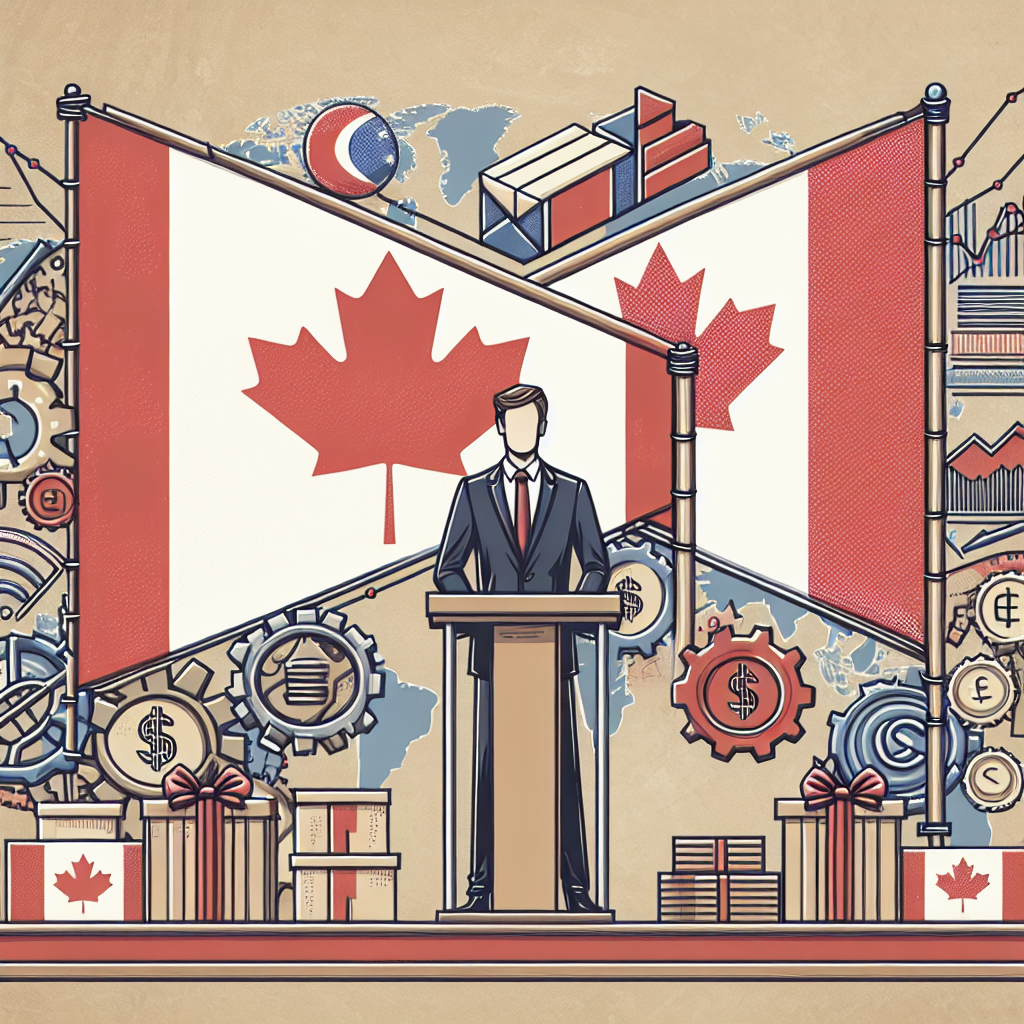Canada Prepared for Potential U.S. Tariffs Says Prime Minister
Recent developments in international trade relations have drawn attention to the possibility of the United States imposing tariffs on Canadian goods. In response, Canada’s Prime Minister has assured that the nation is ready for all scenarios, reinforcing confidence in the country’s economic resilience and proactive strategies to safeguard its interests.
Understanding the Trade Relationship between the U.S. and Canada
The United States and Canada share one of the largest trading partnerships globally. This partnership is marked by mutual benefits and complex interdependencies across a multitude of sectors, including automotive, agriculture, energy, and technology.
Here are a few key figures that highlight the importance of this trade relationship:
- The U.S. accounts for nearly 75% of all Canadian exports.
- Canada is the largest foreign buyer of U.S. goods.
- Trade between the two countries reaches approximately $750 billion annually.
Potential Impact of U.S. Tariffs on Canada
Given the deep economic ties between the two nations, the imposition of tariffs by the U.S. on Canadian products could have significant repercussions for both economies. Economists and industry experts highlight several potential impacts:
- **Increased Costs for U.S. Consumers**: Tariffs could raise the cost of goods imported from Canada, impacting consumers and businesses in the U.S.
- **Disruptions in Supply Chains**: Key industries that rely on cross-border supply chains may face disruptions and increased complexity.
- **Canadian Economy**: A reduction in export demand could affect Canadian industries, leading to potential job losses and economic slowdowns.
Canada’s Proactive Measures and Strategies
In the face of these challenges, Canada’s Prime Minister emphasized the government’s readiness to tackle such scenarios. Canadian officials have already implemented a series of proactive measures to mitigate potential negative outcomes from tariff impositions.
Developing Strong Trade Partnerships Globally
One of the strategies includes diversifying trade partnerships beyond North America. Canada has been actively pursuing free trade agreements with countries and regions including:
- European Union (EU) through CETA
- Pacific Rim nations via the CPTPP
- Bilateral agreements with various Asian countries
By broadening its trade horizons, Canada aims to reduce reliance on the U.S. market and establish new economic opportunities globally.
Supporting Domestic Industries and Innovation
The Canadian government has also been working to bolster domestic industries and drive innovation. Some initiatives include:
- **Investment in Research and Development (R&D)**: Encouraging homegrown innovations to enhance competitive advantage in the global market.
- **Incentives for Manufacturers and Exporters**: Providing support and incentives to industries affected by trade uncertainties, ensuring they are better equipped to adapt and thrive.
Strengthening Diplomatic Ties and Trade Negotiations
Canada’s response to potential tariffs underscores its commitment to maintaining a positive dialogue and cooperative relationship with the United States. Canadian diplomats are actively engaged in discussions to address trade concerns and work towards mutually beneficial solutions.
The Role of Trade Agreements and International Relations
Through instruments such as the United States-Mexico-Canada Agreement (USMCA), Canada continues to focus on the principles of free trade, seeking to resolve conflicts and enhance economic relations.
Additionally, partnership within international organizations such as the World Trade Organization (WTO) helps Canada work collaboratively with other nations to safeguard and promote fair trade practices globally.
Conclusion
While the possibility of U.S. tariffs presents uncertainties, Canada’s readiness to face these challenges is evident through its comprehensive strategies and international trade diversification. The ultimate goal is to ensure that the Canadian economy remains robust, resilient, and adaptable in the face of evolving global trade dynamics.
By proactively engaging with global partners and fortifying domestic policies, Canada aims to not only mitigate potential negative impacts but also emerge stronger from any trade disruptions. This confidence in preparedness reflects a forward-looking approach, ultimately strengthening Canada’s position within the global economic landscape.




